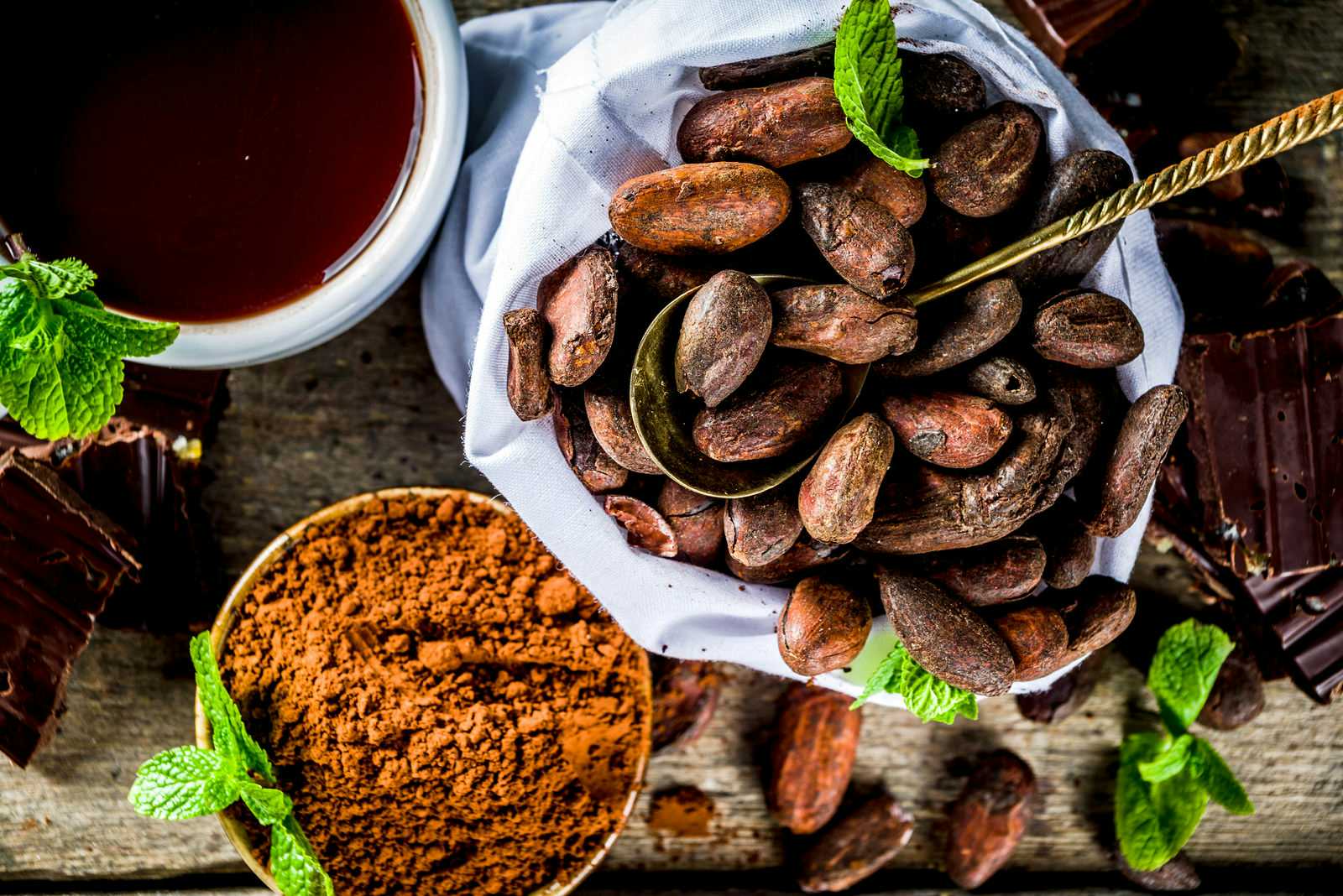
When arteries in the legs become narrow and less flexible, they can no longer supply adequate blood and nutrients to the surrounding tissues. This condition is called peripheral artery disease or PAD for short. It interferes with walking because patients develop cramping, pain or weakness in their leg muscles. Would you believe that cocoa is effective for peripheral artery disease? There is scientific evidence it is so (Circulation Research, Feb. 14, 2020).
PAD and Intermittent Claudication:
When there is peripheral artery disease and leg pain, doctors sometimes categorize this condition as intermittent claudication. People may complain of pain or numbness after walking for a few minutes. If the weakness and discomfort disappear when you stop walking, it is a pretty good indication that there is a PAD problem.
Other Symptoms of PAD and/or Claudication:
- Weakness and/or numbness in legs
- Weak or hard-to-detect pulse in feet or legs
- Cold feet or legs
- Skin color of lower legs may develop a blueish tinge
- Toenail growth may slow and leg hair may disappear
Doctors usually blame PAD on plaque buildup in leg arteries. These blockages interfere with adequate blood flow.
There are only a few medications to improve this condition. They include pentoxifylline or cilostazol. Doctors also treat PAD with angioplasty and/or stents. But the foundation of PAD treatment is exercise. The goal is to increase the distance patients can walk without pain.
Here is a summary of the goals of treatment (Journal of Cardiopulmonary Rehabilitation and Prevention, March, 2018).
“PAD affects approximately 11% of adults in the U.S. overall and approximately 20% of those age 80 and older in the U.S. People with PAD have greater functional impairment, faster functional decline, and increased rates of mobility loss compared to those without PAD…
“Few medical therapies are available to improve walking performance in people with PAD…Consistent evidence from randomized clinical trials demonstrates that supervised treadmill exercise and home-based exercise that incorporates behavioral techniques significantly improve treadmill walking and 6-min walk distance in people with PAD.”
Why Cocoa Is Effective for Peripheral Artery Disease:
Anything that will help people continue to walk and exercise will be beneficial for people with PAD. That’s why we are excited about a study showing cocoa is effective for peripheral artery disease.
The new study is published in the journal Circulation (Feb. 14, 2020). It suggests that flavanol-rich cocoa can enhance blood flow and improve symptoms of PAD.
The investigators recruited 44 older people with peripheral artery disease. Half took the flavanol-rich cocoa powder in a beverage three times daily for six months. The other half consumed a placebo powder.
At the end of the trial, people who had been taking cocoa could walk further and had healthier mitochondria, the energy factories of the muscle cells. Their calf muscles had better physiological function. Those getting the placebo powder could not walk as far as they could at the beginning of the study.
The authors concluded:
“These preliminary results suggest a therapeutic effect of chronically administered cocoa on walking performance in people with PAD. “
Cocoa Is a Low-Risk Treatment for PAD:
Not surprisingly, the authors of the study in Circulation recommend that:
“Further study is needed to definitively determine whether cocoa significantly improves walking performance in people with PAD.”
We always appreciate more research. But given the benign nature of cocoa and the potential benefits of this beverage, we think that people with PAD and/or intermittent claudication might benefit from cocoa. Perhaps someday doctors will prescribe high-flavanol cocoa to treat PAD.
In the meantime, which cocoa has been shown to have cardiovascular benefits? We are pleased that CocoaVia has opted to underwrite our syndicated public radio show. There is a substantial amount of research suggesting that the CocoaVia brand supplied high-potency cocoa flavanols without the calories of chocolate. If you are the kind of person who likes to see the research, here is a link that will provide you lots of research:
What Are the Health Benefits of Cocoa Flavanols?
A Doubting Doctor Objects:
One physician doubted that there was any evidence cocoa could assist heart health. Here is the question and our response:
What Is the Evidence That Cocoa Flavanols Improve Health?
A number of studies lead to the conclusion that cocoa flavanols improve health. But that doesn’t make chocolate bars health food.
Should you wish to try CocoaVia, you may wish to take advantage of a 25% discount by using the code Peoples25 when you place your order. Here is a link to CocoaVia.com.
Citations
- McDermott MM et al, "Cocoa to improve walking performance in older people with peripheral artery disease: The Cocoa-Pad pilot randomized clinical trial." Circulation Research, Feb. 14, 2020. https://doi.org/10.1161/CIRCRESAHA.119.315600

